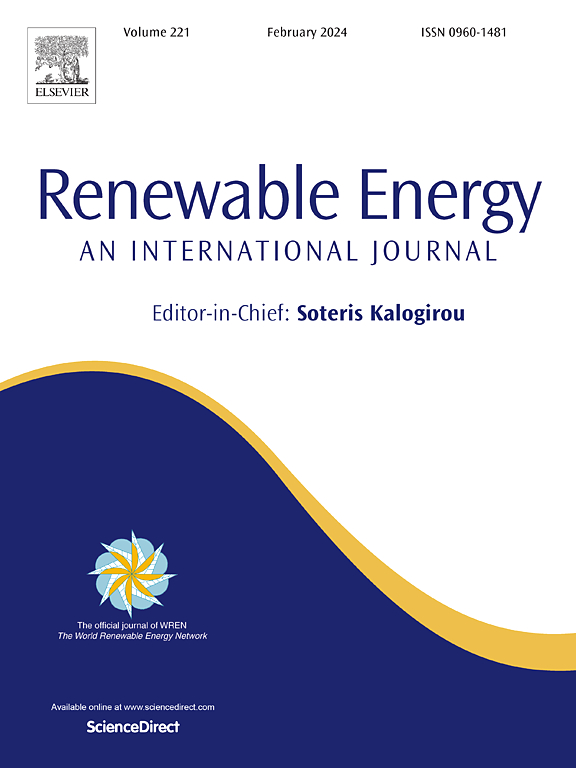质子交换膜燃料电池汽车空调用固体干燥剂辅助蒸发冷却系统性能分析
IF 9.1
1区 工程技术
Q1 ENERGY & FUELS
引用次数: 0
摘要
有效利用燃料电池产生的能量是提高系统效率的重要途径之一。该系统引入了一种新的空调方法,利用质子交换膜燃料电池(PEMFC)的多余热能来驱动固体干燥剂辅助蒸发冷却(SDEC)。SDEC用于为车辆舱室提供必要的冷却。建立了集成系统的数学模型并进行了验证。考察了PEMFC特性、SDEC规格和环境运行条件对供气温度和湿度、制冷量和显热比(SHR)等参数的影响。参数化研究表明,PEMFC电流密度和工作温度的提高与系统冷却性能的提高有关。SDEC特性研究表明,系统性能与通过干燥剂轮的空速成反比关系,在干燥剂轮相对转速为0.875时达到最佳冷却效果。虽然送风温度随着环境温度的升高而升高,但系统的制冷能力增强。此外,相对湿度的降低导致供气温度和制冷量的增加。本文章由计算机程序翻译,如有差异,请以英文原文为准。
Performance analysis of a solid desiccant-assisted evaporative cooling system for automotive air conditioning in proton exchange membrane fuel cell vehicles
Utilizing the wasted energy from fuel cells in useful applications is one of the most important approaches to enhance the systems' efficiency. The proposed system introduces a new air conditioning approach that uses the excess thermal energy from Proton Exchange Membrane Fuel Cells (PEMFC) to drive a Solid Desiccant-Assisted Evaporative Cooling (SDEC). The SDEC is used to provide the necessary cooling for vehicle cabins. A mathematical model is developed and validated for the integrated system. The effect of PEMFC characteristics, SDEC specifications, and ambient operating conditions on various parameters, including supplied air temperature and humidity, cooling capacity, and the sensible heat ratio (SHR) is examined. The parametric study shows that the increase in PEMFC current density and operating temperature relates to improving the cooling performance of the system. The SDEC characteristics study shows an inverse relationship between system performance and the airspeed passing through the desiccant wheel, with optimal cooling achieved at a relative rotating speed of 0.875 for the desiccant wheel. Although the supplied air temperature increases as ambient temperature increases, the system's cooling capacity is enhanced. Additionally, a decrease in relative humidity leads to increased supplied air temperature and cooling capacity.
求助全文
通过发布文献求助,成功后即可免费获取论文全文。
去求助
来源期刊

Renewable Energy
工程技术-能源与燃料
CiteScore
18.40
自引率
9.20%
发文量
1955
审稿时长
6.6 months
期刊介绍:
Renewable Energy journal is dedicated to advancing knowledge and disseminating insights on various topics and technologies within renewable energy systems and components. Our mission is to support researchers, engineers, economists, manufacturers, NGOs, associations, and societies in staying updated on new developments in their respective fields and applying alternative energy solutions to current practices.
As an international, multidisciplinary journal in renewable energy engineering and research, we strive to be a premier peer-reviewed platform and a trusted source of original research and reviews in the field of renewable energy. Join us in our endeavor to drive innovation and progress in sustainable energy solutions.
 求助内容:
求助内容: 应助结果提醒方式:
应助结果提醒方式:


